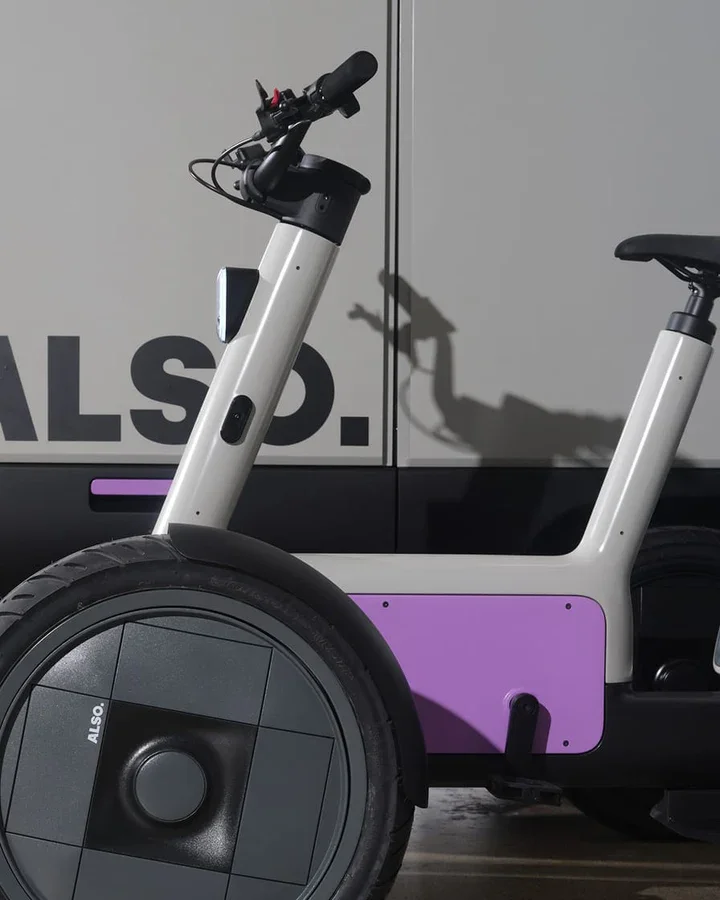Inside the TM-Q, a Great Delivery or Consumer Vehicle
There is a collaboration between two familiar companies happening: Amazon and Rivian. They are reuniting through Rivian’s spinoff. One vehicle that has come from it is the TM-Q, a four-wheeled, pedal-assist electric cargo vehicle designed for city deliveries. This partnership marks the next step in Amazon’s transition toward cleaner and quieter deliveries and vehicles. It aims to make small and sustainable vehicles more popular, complementing the success of the Rivian EDV van with smaller, more nimble vehicles.
The TM-Q is a cross between an e-bike and a micro-EV. It was built to fit bike lanes but carry cargo efficiently. Its design is focused on urban density, maneuverability, and sustainability, great for neighborhoods where vans can’t fit well. The vehicle looks similar to the TM-B but expands it into a modular four-wheel frame that is better at handling heavier payloads. It has two versions: a commercial model for fleets and a consumer version that is aimed at families or small businesses.
The platform of the TM-Q is mostly a pedal-by-wire drivetrain, a removable battery system, and AI-assisted control software. It uses the same DreamRide technology in the TM-B, giving it a natural pedaling experience, while an electric motor gives propulsion. Batteries can power external devices, keeping Also’s vehicle as a power source concept.
Amazon has been trying to reduce urban congestion and emissions through smaller electric fleets. Amazon already has over 70 microbility hubs in the US and Europe; the TM-Q should expand this network with more quad vehicles arriving. Emily Barber, Amazon’s Global Fleet Director, said that they will use the quad to “deliver faster, quieter, and cleaner.
The commercial TM-Q is made for long-mile delivery while still being efficient and low-maintenance. The consumer version, on the other hand, uses the same tech for daily life, like errands or groceries. Also is using a shared platform approach, much like Rivivan does, to reach a lot of markets efficiently. The TM-Q could even become like a second car in some households.
As for safety and other design features, the TM-Q gets safety and software elements from the TM-B, like connected diagnostics, real-time GPS, and locking systems. There are also hydraulic brakes, LED lighting, and built-in cargo sensors to monitor loads. There are other design elements like regenerative braking and lightweight materials that help with range and efficiency. Its quiet operation and small form factor make it great for city centers and other places.
The TM-Q shows there might be a shift in urban transport, using both bike flexibility and EV intelligence to improve vehicles. The Amazon partnership makes for definite real-world use and a scalable solution. Sometimes the biggest change in clean transportation comes from the smallest vehicles.
Do you think we will see more smaller delivery vans? Would you buy the TM-Q? Let us know in the comments.
Source: The Verge Images: Also






